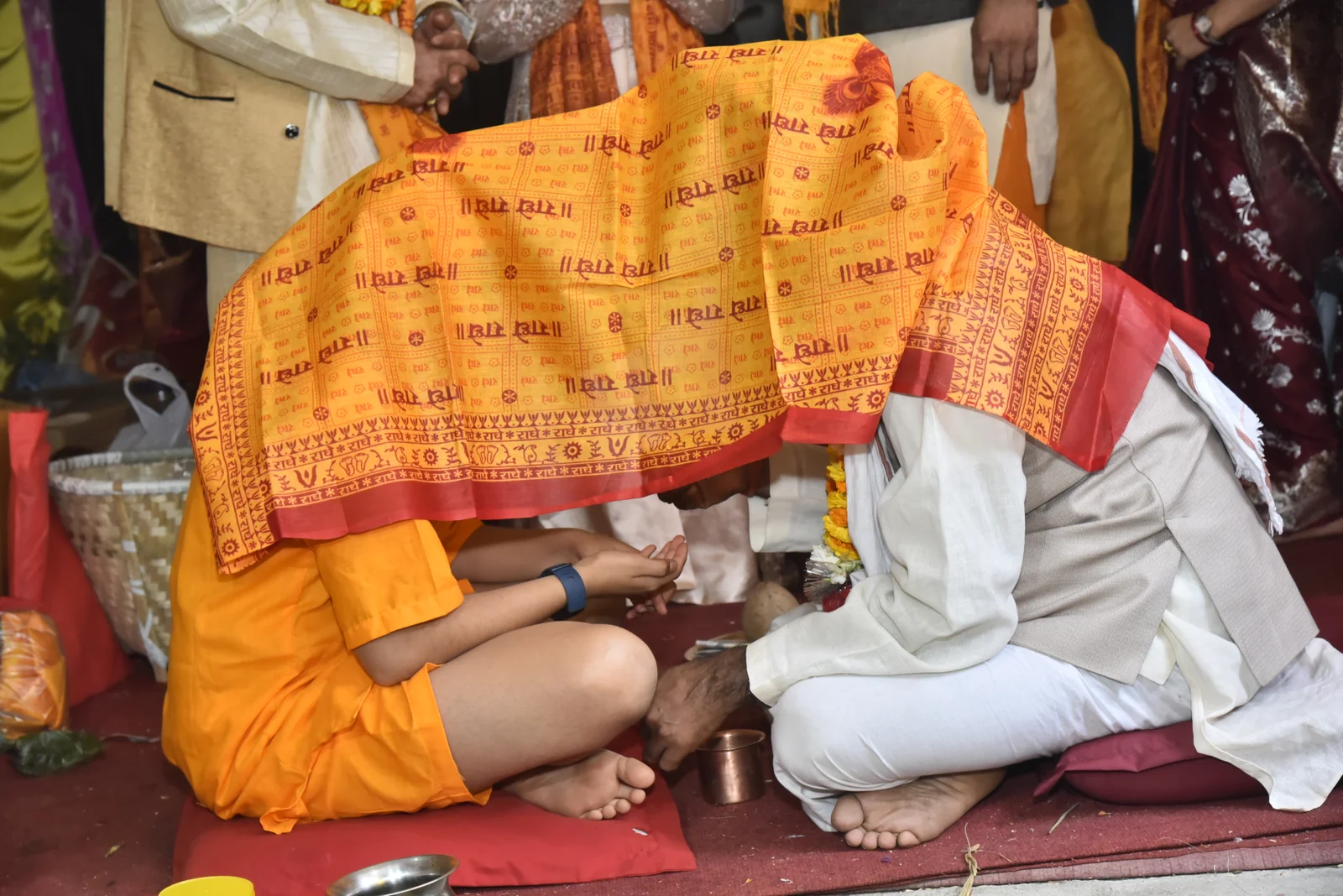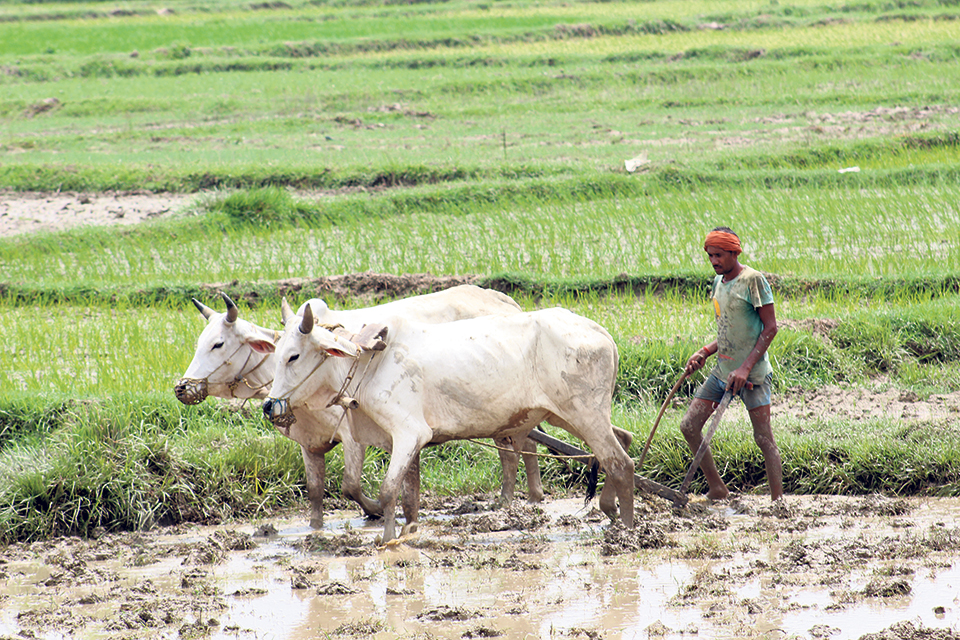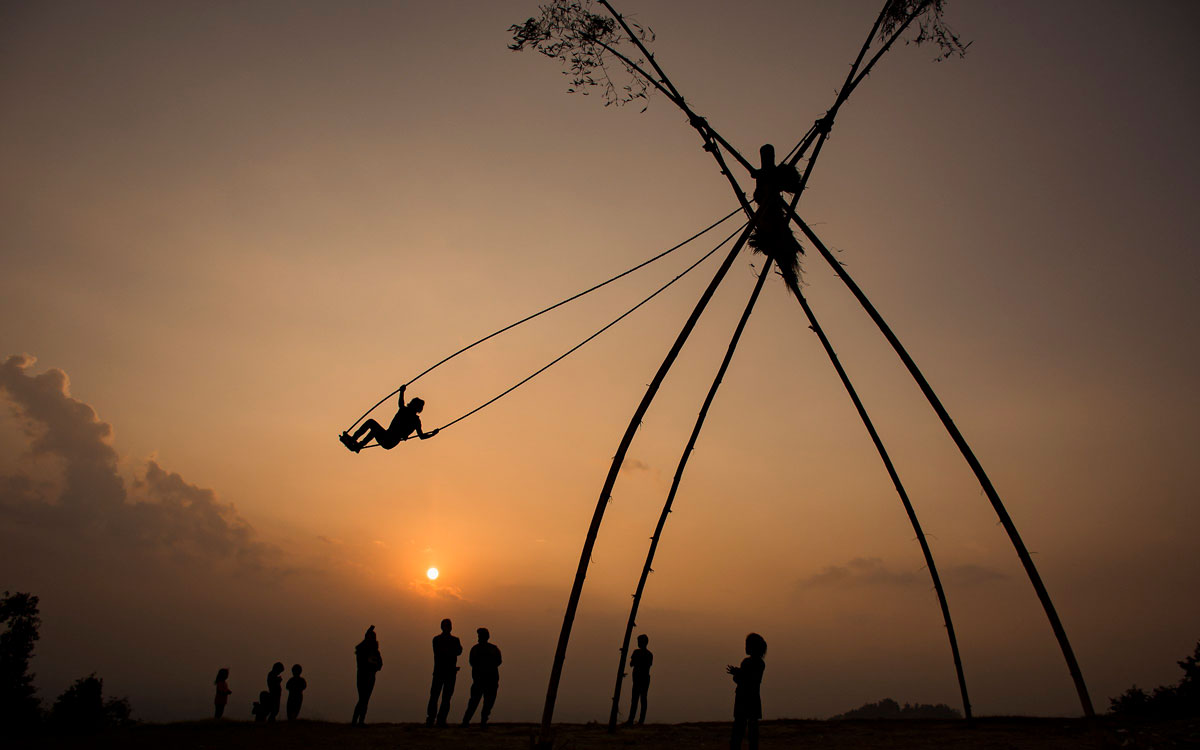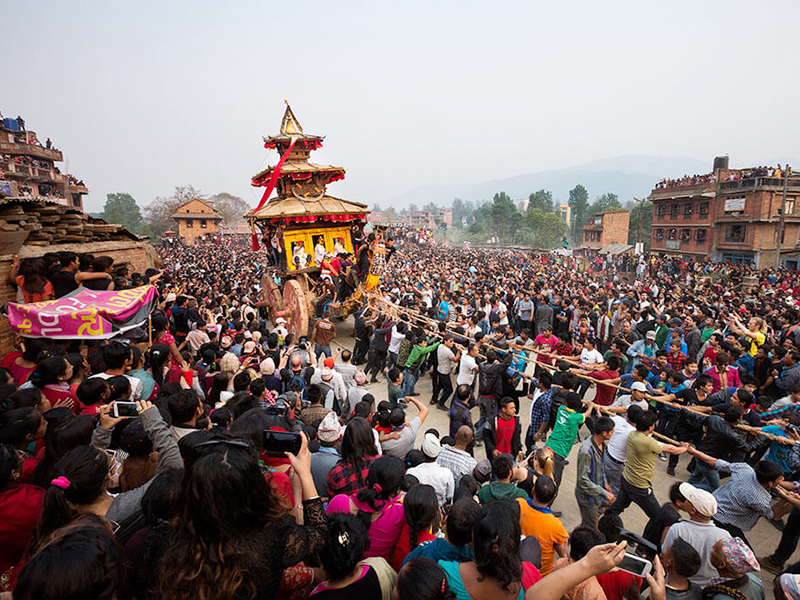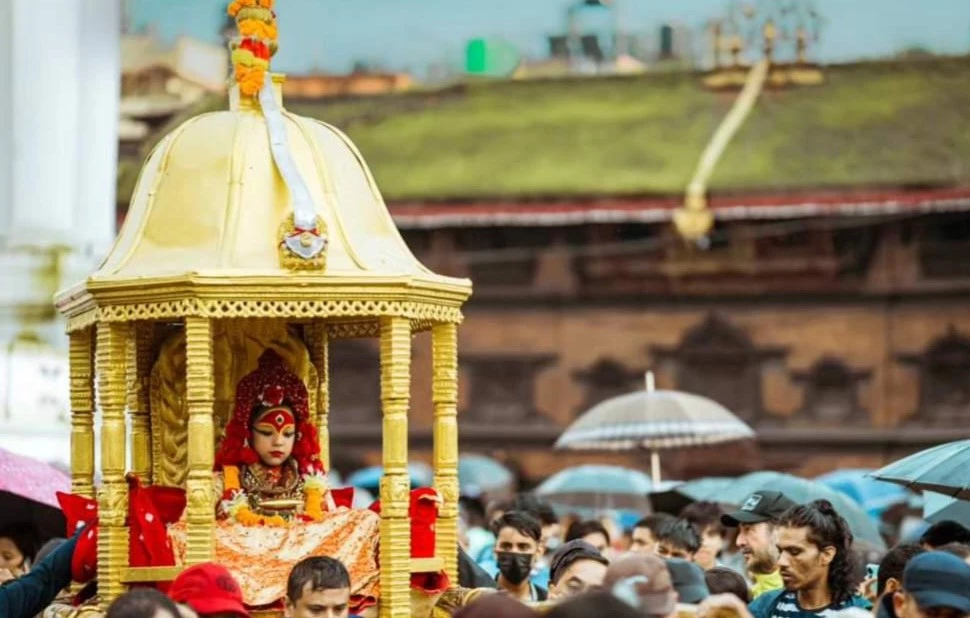Share this Article
In Nepalese culture, sharing food is more than just an act of hospitality—it is a deeply spiritual, social, and cultural practice that strengthens family bonds, promotes harmony, and signifies respect. Whether it’s a feast during festivals, Prasad in temples, or a simple family meal, the act of eating together reflects community values, gratitude, and generosity.
This article explores the importance, traditions, and cultural symbolism of sharing food in Nepalese society.
The Cultural and Spiritual Meaning of Sharing Food
A. Symbol of Unity and Togetherness
In Nepal, eating together reinforces family and community ties. Traditionally, meals are enjoyed sitting in a circle or row (paati), symbolizing equality. Sharing food removes barriers of status, wealth, or caste.
B. Food as an Offering and Blessing
In Hindu and Buddhist traditions, food is first offered to deities before consumption, turning it into Prasad (blessed food). The act of offering food is a form of seva (selfless service), believed to bring good karma. In monasteries, monks share meals as a spiritual practice of compassion.
C. Respect for Elders and Guests
Serving elders first is a tradition showing deep respect. Nepalese culture follows the saying “Atithi Devo Bhava” (Guests are gods), meaning guests are offered the best portions of food. Sharing food ensures that no one in the community goes hungry.
Traditional Food Sharing Practices in Nepal
A. Family Meals: The Heart of Nepalese Homes
Families gather around a big plate (thali) and share common dishes. Eating together is a way to teach children cultural values and table manners. Meals usually begin with blessings and gratitude for the food.
B. “Sagun”: The Ritual of Sharing Auspicious Food
Sagun is a special food offering given during birthdays, weddings, and festivals. It includes:
- Boiled egg (symbolizing life)
- Yogurt (symbolizing purity)
- Fried fish (good luck)
- Meat (usually buffalo) (strength and prosperity)
- Aaila (rice liquor in Newar culture) (spiritual energy)
Elders give Sagun to younger family members as a blessing.
C. Food Sharing in Temples and Monasteries
Prasad (blessed food) is distributed in Hindu temples after worship. In Buddhist monasteries, monks eat from a common bowl, emphasizing humility and equality. Langars (community kitchens) serve free meals in places like Pashupatinath and Lumbini.
D. Feasting During Festivals
- Dashain & Tihar: Families share meat feasts and special sweets.
- Maghe Sankranti: Sesame seed sweets (Til ko Laddu) and ghee-based dishes are shared for warmth and good health.
- Buddha Jayanti: Devotees distribute rice pudding (Kheer) as a sign of compassion.
Sharing Food as a Social and Charitable Act
A. “Bhoj” – The Tradition of Community Feasts
Weddings, funerals, and religious ceremonies often have large community feasts. Everyone eats from the same kitchen, reinforcing equality and harmony.
B. Feeding the Poor and Hungry
Many temples and monasteries have “Anna Daan” (food donation) programs. Offering food to beggars, monks, or the poor is considered one of the greatest acts of virtue in Nepalese culture.
The Modern Relevance of Food Sharing in Nepal
Despite urbanization, communal eating remains strong in Nepalese families. Technology & fast-paced life have reduced family meals, but festivals keep the tradition alive. New initiatives like community kitchens and food-sharing programs continue Nepal’s age-old spirit of hospitality.
Conclusion
The ritual of sharing food in Nepalese culture is a profound expression of unity, spirituality, and social responsibility. It transcends mere sustenance, embodying values of respect, generosity, and community. Whether through family meals, festive feasts, or charitable acts, the tradition of sharing food remains a cornerstone of Nepalese identity, fostering a sense of belonging and mutual care in an ever-changing world.
Categories:
Culture & Traditions
Tags:
sharing food
,
Tradition of Community Feasts


